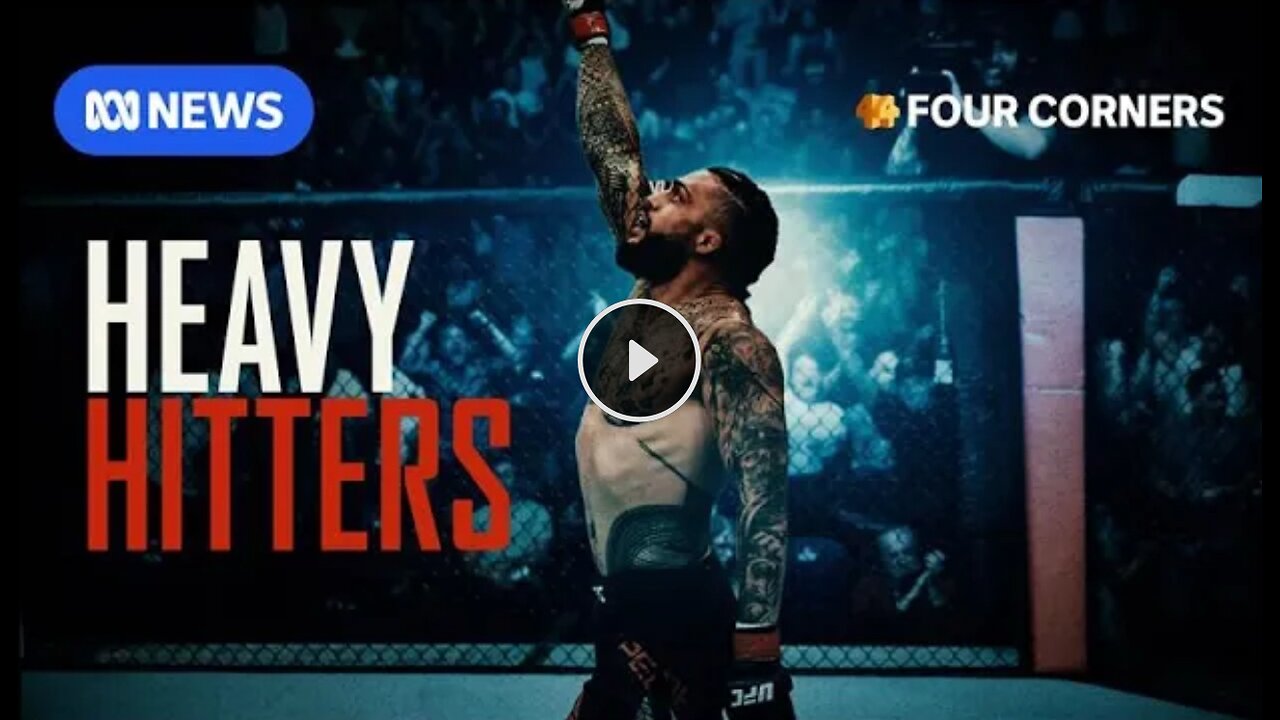Premium Only Content

Heavy Hitters
The dazzling spectacle of the Ultimate Fighting Championship (UFC), with its global reach and multi-billion dollar valuation, often overshadows a far more troubling reality for many of its combatants. Beneath the roar of the crowd and the lucrative pay-per-view numbers lies a systemic framework that, for a significant portion of its roster, prioritizes corporate profitability over athlete welfare. This creates a stark ethical dilemma: how can an organization so dominant in its field thrive while simultaneously facing persistent criticism regarding the economic precarity and long-term physical well-being of the fighters who are its very foundation?
At the core of this critique are the UFC's famously restrictive contracts. These agreements, which often tie fighters to the promotion for multiple bouts and years, are widely seen as limiting athletes' bargaining power and ability to seek higher pay or more favorable terms elsewhere. While the UFC generates immense revenues from broadcasts, sponsorships, and merchandise, a consistent point of contention has been the relatively small percentage of that revenue that flows directly to fighter purses.
This imbalance means that many fighters, even those who reach a certain level of prominence, struggle to secure substantial long-term financial stability, often fighting more out of necessity than choice, caught in a cycle of high-risk, comparatively low-reward competition.
Furthermore, the grueling demands of competing in the UFC, from intense training camps to the brutal nature of the fights themselves, inflict a profound physical and mental toll. Critics argue that the UFC's infrastructure does not always adequately address the long-term health implications for its athletes, particularly concerning brain trauma and chronic injuries.
While fighters are compensated for their immediate bouts, the lack of comprehensive, lifelong medical benefits or robust retirement plans leaves many vulnerable once their fighting careers conclude. The UFC's immense commercial success, therefore, stands in stark contrast to the often-fragile human cost, compelling a critical re-evaluation of its responsibilities to the athletes who embody the very essence of its brand
-
 2:34:22
2:34:22
TheSaltyCracker
7 hours agoDrug Smugglers Blown Up 9-03-25
101K200 -
 3:12:59
3:12:59
VapinGamers
6 hours ago $1.52 earnedGrim Trials - Game Review/Playthru - Rougelight Dungeon Crawler - !rumbot !music
31K -
 2:47:55
2:47:55
Mally_Mouse
13 hours ago🎮 Let's Play!! -- Jak 2 pt. 16
59.1K2 -
 52:23
52:23
MattMorseTV
8 hours ago $18.60 earned🔴The Cartels are SCREWED.🔴
120K135 -
 1:32:46
1:32:46
Badlands Media
21 hours agoAltered State S3 Ep. 44: Epstein Files, Corrupt Judges, and the College Grift
58.6K2 -
 21:09
21:09
Bearing
18 hours agoAustralian “Racist” Protest EXPLODES 💥 Glowies, Brawls & Media Spin 📣
31.3K41 -
 2:53:23
2:53:23
Tundra Tactical
6 hours ago $2.88 earnedTwo Vets, One Ouija Board, Zero Good Decisions
27K1 -
 3:49:59
3:49:59
Barry Cunningham
11 hours agoPAM BONDI & KRISTI NOEM HOST A PRESS CONFERENCE AND JOHN RICH JOINS THE SHOW!
48.5K37 -
 9:26:16
9:26:16
GrimmHollywood
16 hours ago🔴LIVE • GRIMM HOLLYWOOD • RETRO PS2 GAMES • GRIMMDY GAMES • BRRRAP PACK x FINALS RANKED GRIND
23.4K -
 11:24:35
11:24:35
Cripiechuccles
13 hours ago😁18+💚💙WEEDIE WED WITH CRIPIE💚RUMLUV💙👌SMOKING, GAMING & WATCHING FLICKS!:😁
17.2K2